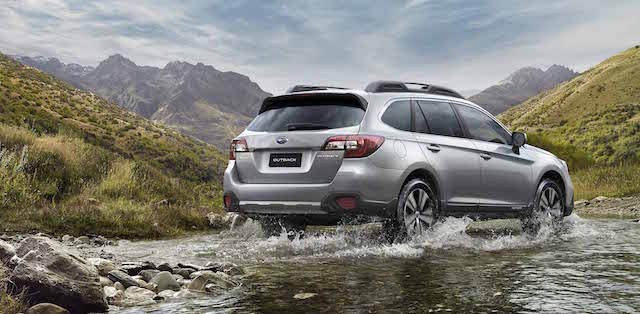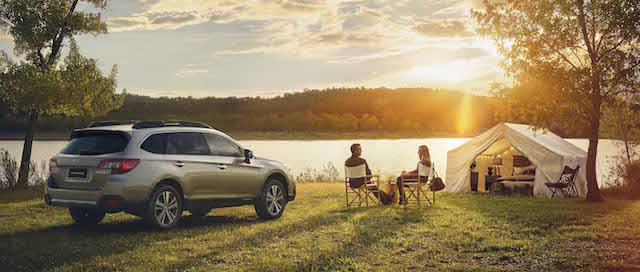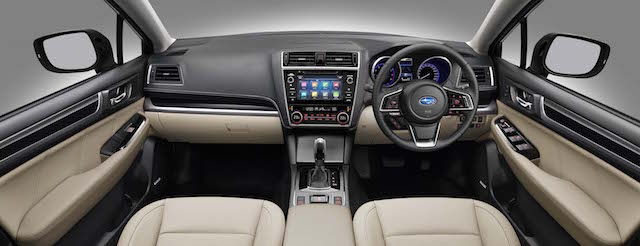
Subaru NZ’s sales success in the past five years puts it among the top five nameplates in terms of passenger car growth, behind leader Kia and ahead of Mitsubishi, Mazda, and Honda.
In 2013, Subaru registered 1748 new vehicles, according to Motor Industry Association (MIA) figures. Last year it registered 3340 – that’s growth in the years 2013-2017 of 91 per cent.
Only Kia Motors NZ has done better in percentage terms, its 6485 sales last year up 135.6 per cent on the 2752 new vehicles it sold in 2013. Third on the five-yearly passenger sales growth chart is Mitsubishi (85.4 per cent) followed by Mazda (70.2 per cent) and Honda (47.8 per cent).
- Mitsubishi sold 3982 in 2013 and 7383 in 2017
- Mazda sold 5823 in 2013, and 9915 in 2017
- Honda sold 3123 in 2013 and 4616 in 2017.
The other main nameplates to grow in double-digit figures in the 2013-2017 period were Nissan, up 31.3 per cent (3642-4785), and Toyota, up 29.2 per cent (16,172-20,899).
Two big names fell away – Ford was down 9.2 per cent in passenger cars (7134-6473) and Hyundai down 2.5 per cent (7179-6995). Ford’s long-time rival Holden had passenger car growth of 6.7 per cent (9074-9686) over five years. None of the above numbers include commercial utes.
Subaru NZ managing director Wallis Dumper acknowledges the role the all-wheel-drive Outback station wagon has played in the sales growth as he welcomes the updated 2018 models to NZ: the 2.5i Premium ($49,990), 3.6R Premium ($59,990) and 2.5i Sport ($44,990).
He said the Outback is recognised as the Subaru that changed the passenger car world. “When the engineers created an SUV out of a Legacy wagon over two decades ago, little did they know the impact it would have on the future,” Dumper said.
“Today SUVs dominate new vehicle sales and Outback has simply grown with that evolution of buyer demand. It is now our number one selling model, with 44 per cent of all new Subarus sold in New Zealand being Outbacks.
“Given how many Kiwis drive the Outback, any change to our top selling model is important. The 2018 refresh and upgrade truly adds even more value to the vehicle.”
The exterior updates to all three models include revised grille, front and rear bumpers, new wing mirrors, improved LED indicators, and new 18-inch alloys. Inside, Outback gets tweaked display screens, 8-inch in the 2.5i and 3.6R Premium variants, and 6.5-inch in the 2.5i Sport. Apple Car Play and Android Auto is standard.
Subaru’s widely praised Eyesight safety system is updated to version three and includes a lane-keeping warning as standard on all three models. The premium variants add a bundle of features to aid driver vision and introduce LED steering responsive headlights.
Also picking up the Outback’s upgrades are the two all-wheel-drive Legacy sedans, the 2.5i Premium ($49,990) and 3.6RS Premium ($54,990). Dumper believes the two Legacy sedans are ideal replacements for the discontinued Holden Commodore and Ford Falcon.
“For starters, the Legacy 2.5i Premium and 3.6RS Premium have a better price point and for less money buyers get more value, as both models come standard with our all-wheel drive engineering prowess and the latest version of our EyeSight driver assist technology,” he said.
“Since the Legacy sedan was launched in 2015, the majority of current generation models sold are the six-cylinder Legacy 3.6RS.
“While the 2.5i Sport model was appreciated, customer feedback was that a higher-spec 2.5-litre model with leather was preferred. We have taken this suggestion on board and now offer the Legacy 2.5i Premium, which is one step up in terms of refinement.”
The 2.5-litre engine is a four-cylinder boxer delivering 129kW at 5800rpm and 235Nm at 4000rpm and mated to a seven-speed continuously variable transmission (CVT) with paddle shifts known in Subaru speak as Lineartronic.
The six-cylinder 3.6-litre boxer generates 191kW at 6000rpm and 350Nm at 4400rpm. It is mated to a six-speed CVT.




